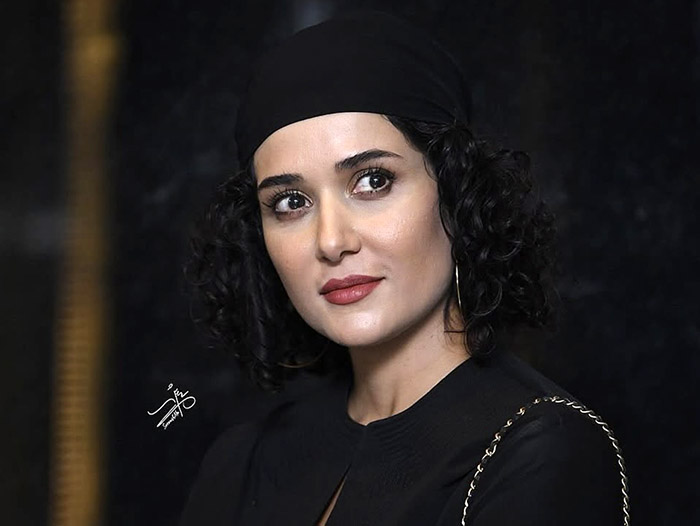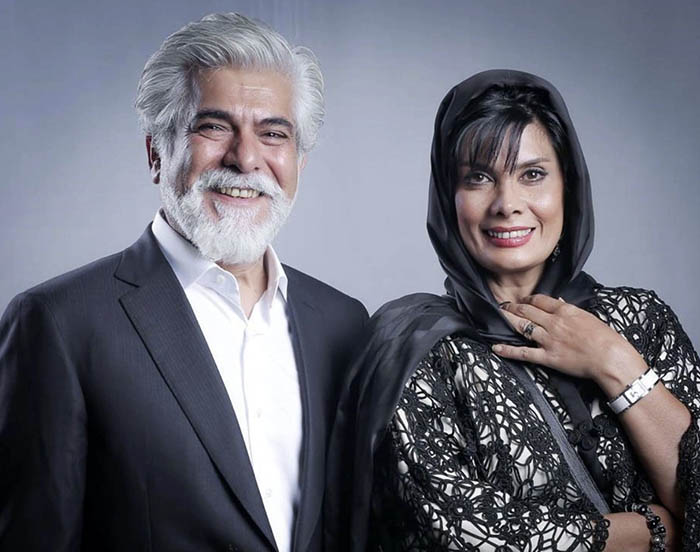Celebrating Nowruz with the Legendary Kourosh Yaghmaei and His Wife Atefeh Najmi

The Impact of Censorship and Resilience in Iranian Music
Following the Islamic Revolution in 1979, Yaghmaei faced banishment from public performances due to censorship laws targeting music perceived as ‘Western.’ This period of his life could be described as a double-edged sword; while it silenced his artistic expression in the homeland, it also solidified his status among the Iranian diaspora who craved the music of their youth.
Despite the years of struggle, Kourosh Yaghmaei’s resilience became a part of his legacy. He used censorship as inspiration rather than a deterrent, composing songs in private and recording them under pseudonyms or in surrounding countries. His music often serves as a historical archive, preserving the cultural zeitgeist of a tumultuous era.
Reconnecting with the World: Tours and Global Recognition
After decades of silence in Iran, Yaghmaei re-emerged into the music scene in the 1990s, navigating the complex landscape of contemporary Iranian music through a renewed but cautious approach. In doing so, he gained acclaim internationally and brought Persian music into Western markets.
The albums released during this period, including “Gorg haye Ghorosneh” and “Sib-e Noghreii” allowed him to reconnect with his audience and convey his powerful messages through music once more. His music now reached listeners in Europe and North America, illustrating the universal themes of love, resilience, and cultural pride that resonate across borders.
Fulfilling his dreams of performing again, Yaghmaei toured in Sweden and Norway in the early 1990s. These performances re-established him as a performer who could enchant audiences with both the nostalgia of the old and the vibrancy of the new. Many in attendance were not just fans; they were cultural historians who longed to reconnect with their roots through the magic of his songs.




